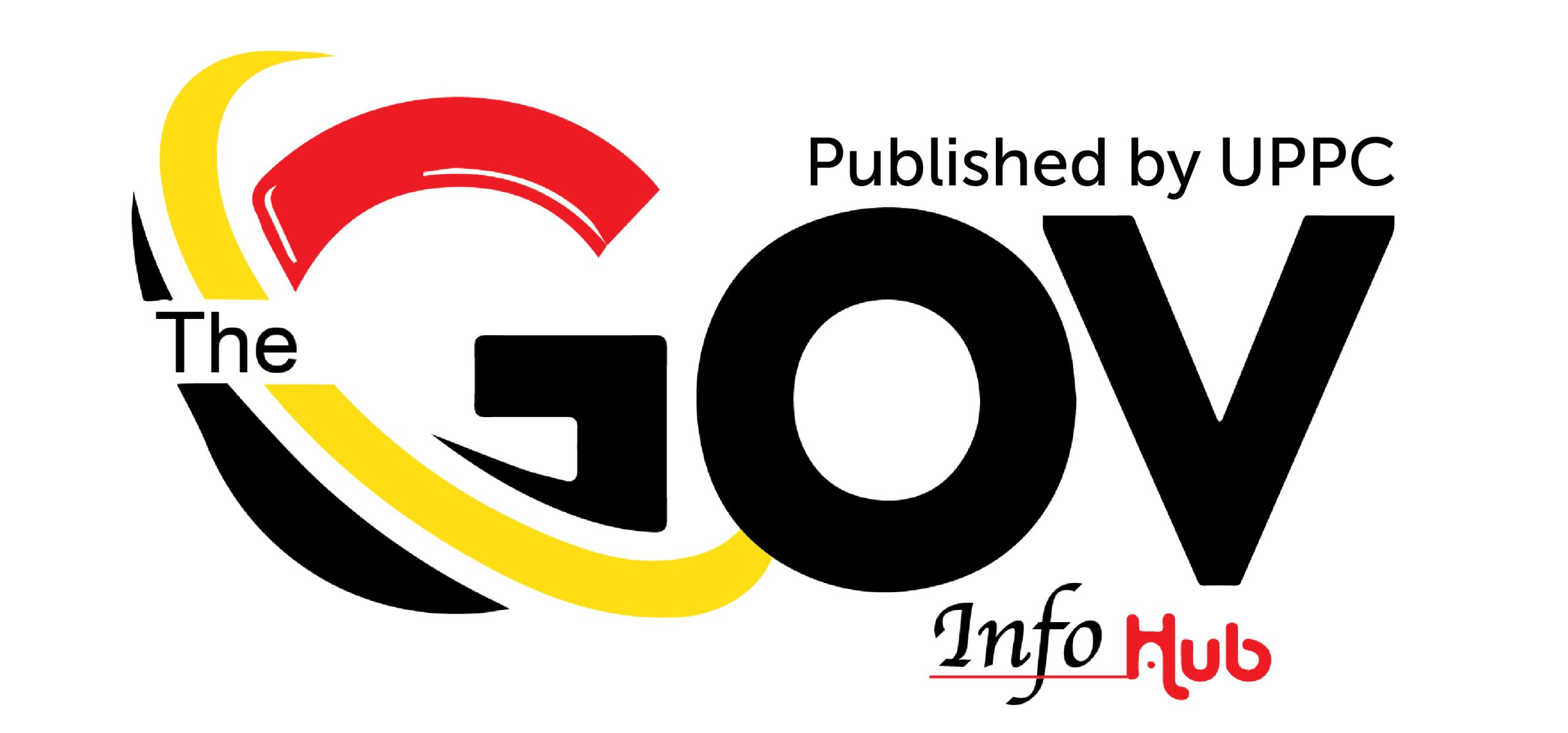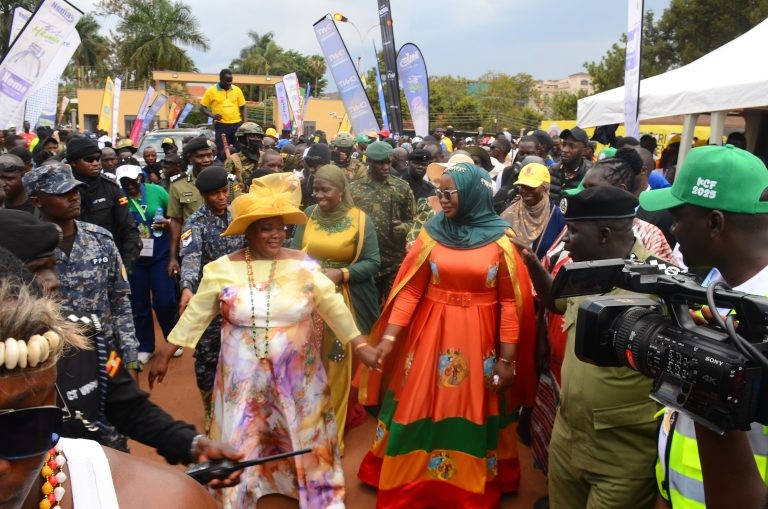By: Boy Fidel Leon
What a city celebrates reveals who it has become. After seven years, Kampala burst back to life with its carnival, a raucous display of drums, vintage cars, and street dancers that filled Kololo Independence Grounds from dawn well into the night.
The crowd told the real story. Ghetto youth mingled with corporate executives, vendors haggled beside schoolchildren, and the sea of people stretched across what was once seven hills and has now sprawled into something far larger.
Prime Minister Robinah Nabbanja opened the festivities with a stark reflection on transformation. In 1986, she reminded the gathered crowds, Kampala lay broken. Barely one million people called it home. Electricity barely reached one in five households. Infrastructure crumbled. Basic services had simply vanished.
Today, the numbers tell a different tale. The city now has 1.7 million residents by night and 4.5 million by day. Electricity access exceeds 75 percent. Roads have grown to 2,100 kilometres, with 770 kilometres paved. The economy has shifted entirely. Kampala contributes 60 percent of Uganda’s GDP.
“By 1986, Kampala was in a bad state following several years of bad governance,” Nabbanja said. “Today, Kampala has been transformed into a vibrant, modern city, and we continue to beautify it.”
The carnival itself was meant to crystallise this shift. The government announced these festivals will now happen annually, anchoring Kampala as a tourist draw and a symbol of national progress.
This year’s theme, “Innovation, Culture & Sustainability,” tied directly to what officials call the Tenfold Growth Strategy. It was less about rhetoric and more about showing the country what recovery looks like when it’s this visible, this tangible.
The numbers Nabbanja cited were staggering in their sweep. At independence in 1962, Kampala was a modest town of less than 400,000 people with fewer than 200 kilometres of paved roads. There was one major hospital. Mulago. Now there are five national referral hospitals and eight health centres.
Government schools have ballooned from less than 30 to 79 primary schools and 23 secondary schools. Markets have multiplied so dramatically that Owino Market alone employs 50,000 traders.
Nationally, the picture expanded further. Uganda’s GDP has grown from $3.9 billion in 1986 to $61.3 billion today. Poverty has dropped from 56 percent to 16.1 percent. Life expectancy jumped from 43 years to 68 years. Literacy rates climbed from 43 percent to over 80 percent.
Yet the festival itself was what mattered most. Not because of the statistics, but because of what the statistics made possible.
A young boy from Burundi performed traditional drumming on Kampala’s streets. Bikers wove through crowds. Skaters moved alongside vintage cars. The procession wound from the city centre to Kololo where the main stage had been erected.
Minister for Kampala Affairs Hajjat Minsa Kabanda told the crowd that officials were there “to serve you and transform our city.” Kampala Capital City Authority Executive Director Hajjat Sharifah Buzeki went further, pledging electric buses to ease congestion and a commitment to ensuring every road remained motorable.
The festival ran late into the night, a blur of music and movement across a city that, not so long ago, had nothing to celebrate. What it showed was a place remembering how to be itself again.


